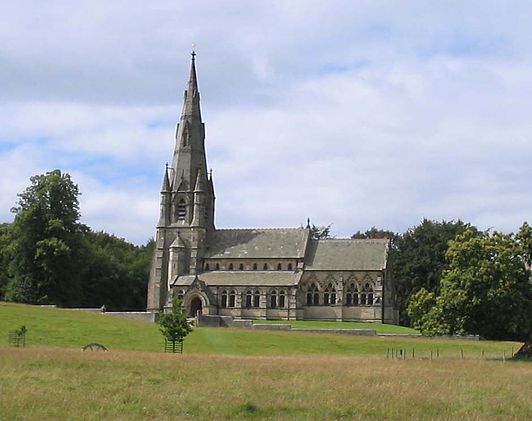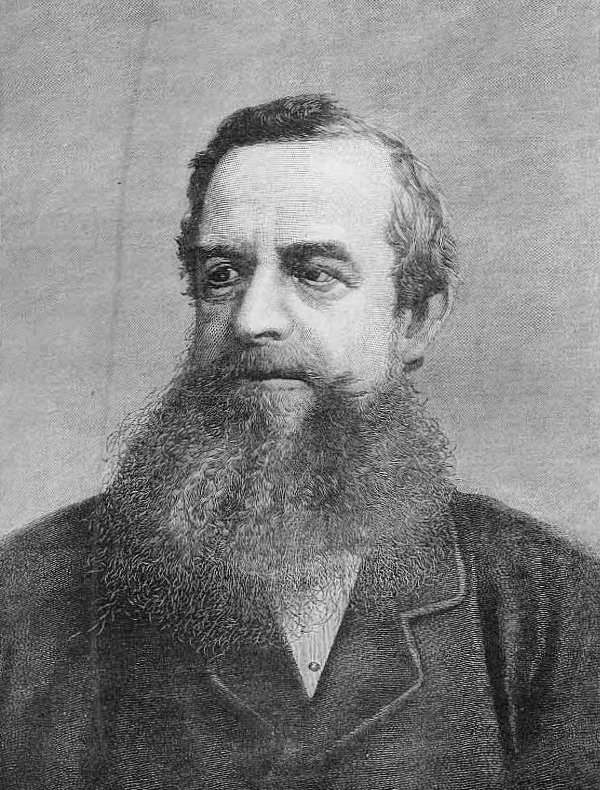
When I started out as a National Trust volunteer, when I began as an Information Assistant at St.Mary’s Church, Studley Royal, I didn’t expect to sort out a little mystery that’s continued to exercise my brain from time to time, ever since my first and only visit to India, 8 years ago.
Let’s begin there, back in 2007. It was my first day, all by myself, after a night flight into Bangalore. I was far too excited to sleep, and already over-stimulated by a city, busy since well before 6.00 a.m., alive with cows, horses, donkeys, sheep, chipmunks, dogs by the thousand, monkeys, parakeets, eagles …. and auto-rickshaws, always auto-rickshaws, and the unending sound of motorhorns constantly in use on every car and lorry. I’d already allowed an amiable rickshaw driver, who could doubtless see ‘arrived this morning’ tattooed across my forehead, to take me on a conducted tour of the city. We served each other’s purpose. I got a decent sit down and a running commentary in broken English on the city sights. He was probably paid over the odds by a very appreciative customer who knew a decent bargain when she saw one. When I left him, after a thoroughly entertaining morning, I found myself wandering towards London Road. And then Robinson Street. Robinson Street? Who could Mr. Robinson be? I finally found out ….. the other week. If only I’d wandered just a little further on that first day in Bangalore, I’d have been offered a clue. I’d have found ‘Ripon Street’.
Fast forward to an early session at St. Mary’s Church, Studley Royal just a few months ago. My fellow-volunteer Frances was taking some visitors round. I tagged along, because Frances has an apparently bottomless fund of knowledge, and a way of engaging her willing listeners’ attention. She’d already told them that the church was the design of a noted exponent of Gothic Revival architecture, William Burges. She’d pointed out several examples of its inventive design, of its richly coloured decorative detail, of its religious symbolism.
Now she was telling us that it was commissioned in 1870 by the deeply religious Marchioness of Ripon, and her husband, the Marquess. His full name and title was George Frederick Samuel Robinson, 1st Marquess of Ripon, 2nd Earl of Ripon. She thought we might like to know his story. She was right.
The Marquess of Ripon had an impeccable pedigree. He was born in No. 10 Downing Street, and as an adult, served as an MP in various northern constituencies. Shortly after succeeding to the title of Earl of Ripon in 1859, he became first Undersecretary to India, and later Secretary of State for India. From 1868 he was highly valuable in a variety of roles in William Gladstone’s government.
Then, in 1874, he converted to Roman Catholicism. His strong sense of duty prevented him from continuing to serve in government. The Church of England (the Established Church) and state are linked in the United Kingdom. He withdrew from public life.
However, in 1880, Gladstone persuaded him to take the post of Viceroy of India. The Indians grew to honour him: the British rather less so. Here’s why.
He expanded the powers of locally elected Indian governments, and liberalised internal administration. He lowered the salt tax. He gave local language newspapers the same freedoms as English ones, and enacted some improvements in labour conditions. He allowed Indian judges the same rights as European ones when handling European defendants. And he achieved all this in only four years. No wonder Indians felt the least they could do was name a few roads after him.

He went on to serve in other capacities before becoming leader of the Liberals in the House of Lords, and died in Ripon in 1909.
So – thank you St. Mary’s, Studley Royal. And thank you Frances, National Trust volunteer. An eight year old mystery is solved.









That’s really interesting and what a coincidence!
Newby Church is a William Burges too isn’t it?
LikeLike
It certainly is. They’re very much ‘sister’ churches.
LikeLike
He sounds like a Good Chap all round. And how fascinating to have it all explained.
LikeLike
It was good to find the missing link.
LikeLike
He did have a Darwinian beard. 🙂
LikeLiked by 1 person
That’s so interesting and so “It’s a small world”! I love the detailed photos of the church, too–those bird carvings!
LikeLiked by 1 person
I know you’d spend hours in the church, and find inspiration in every piece of wood, every carved piece of stone, every stained glass window.
LikeLike
interesting story, excellently told, and I enjoyed the coincidences and the snippets from your life, as well as the Darwinian beard.
LikeLike
Oh, everyone seems to be going for the beard! Yes, he was quite a character, wasn’t he?
LikeLike
What a wonderful bit of colonial history and your story about your connect to it is so interesting. Both Robinso’s conversion to Catholicism and his liberalization of laws in India make him an interesting character – I am not saying a word about his beard😉.
LikeLike
Yes, he sounds an all-round good egg, doesn’t he …. despite the beard.
LikeLike